Considering Audiences Involved
Context and Audience (What)
The goal of this inquiry is to find out some actions teachers could take to tap into students intrinsic and extrinsic motivations to encourage learning and participation in a secondary school context. Educators and school leaders are obliged to adopt a culture of continuous learning. (Bolstad et al, 2012) In this reflection, I will use Rolfe et al.’s reflective model.
Audience Perspective Analysed (Now What)
The primary audience of my Inquiry has been the students, professional learning group, colleagues, parents and their whanau. I tried to align my Inquiry to follow the school wide focus and long term goal to improve on active participation of students in lessons. In this regards, my actions have been on finding out what are the things that teachers could do to enhance student engagement and motivation in class. Being an active and participative student means, students can demonstrate new Zealand’s educational vision that seeks to make young people confident, connected and actively involved as lifelong learners (Ministry of Education, 2017).Different Audiences (Local, National and International) perspectives (Now What)
In terms of the students I inferred from their perspective on the whole school questionnaire which surveyed 659 students seeking their opinion on active participation. I have always shared my inquiry action with my students including the surveys I have taken. I usually discus their feedback with them in class. As discussed in Daggett (2014), schools should be preparing students to be successful in the rapidly evolving global economy. I have also invited parents/whanau into my google classroom.In terms of local, national and international audiences, I am directly sharing evidence and practice with another school teacher who is also doing a similar Inquiry.
I have published my inquiry live as a blog to contribute to the fountain of research knowledge accessible by people around New Zealand and the rest of the world. Teachers were thrilled with how particular students were responding and taking part in the exercise.
Just for the fact that I am trying this Inquiry will encourage other teachers to make and attempt to improve on their practice or use my findings as a stepping stone and or a confidence booster to continue with their Inquiries. Effective integration of technology into classrooms requires technological competence and confidence.’ (OECD, 2018).
In view of this, I had to make sure my evidence was legitimate and not misleading. My sample size, however was not that high but if other teachers in other schools also try we could compare notes and get a wider view and perception of what really works well to enhance active participation.
Reference
Bolstad, R., Gilbert, J., McDowall, S., Bull, A., Boyd, S., & Hipkins, R.(2012). Supporting future-oriented learning and teaching — a New Zealand perspective. Report prepared for the Ministry of Education. Retrieved from https://www.educationcounts.govt.nz/publications/schooling/109306Rolfe, G., Freshwater, D., Jasper, M. (2001) Critical reflection in nursing and the helping professions: a user’s guide. Basingstoke: Palgrave Macmillan Ministry of Education (2007). The New Zealand Curriculum. Wellington:Learning Media.
OECD. (2018). Trends shaping education 2018 spotlight. Retrieved from http://www.oecd.org/education/ceri/Spotlight-15-A-Brave-New-World- Technology-and-Education.pdf
Daggett, B. (2014). Addressing current and future challenges in education. Retrieved from http://www.leadered.com/pdf/2014MSC_AddressingCurrentandFutureChal lenges.pdf


 Teachers ViewPoint
Teachers ViewPoint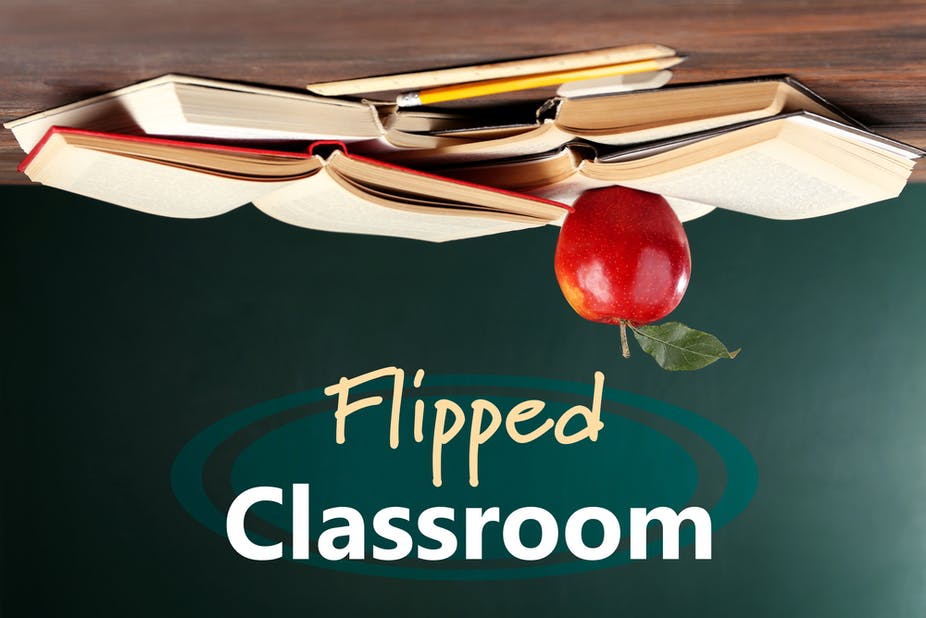
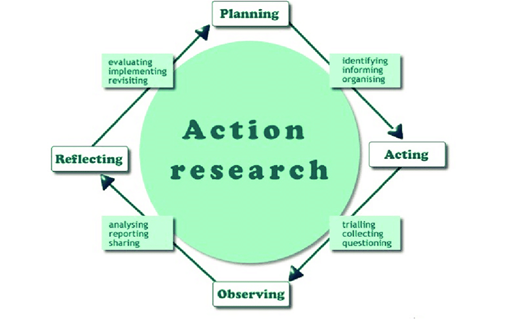
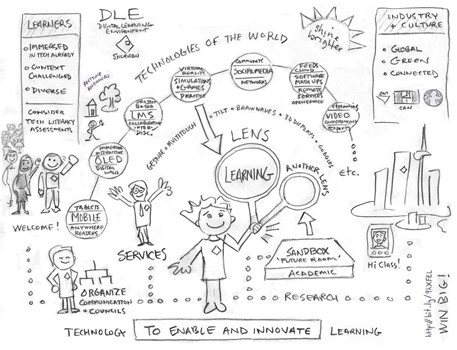

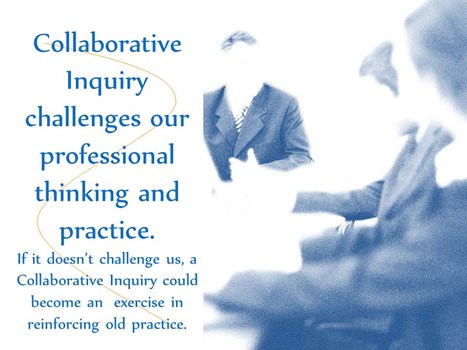
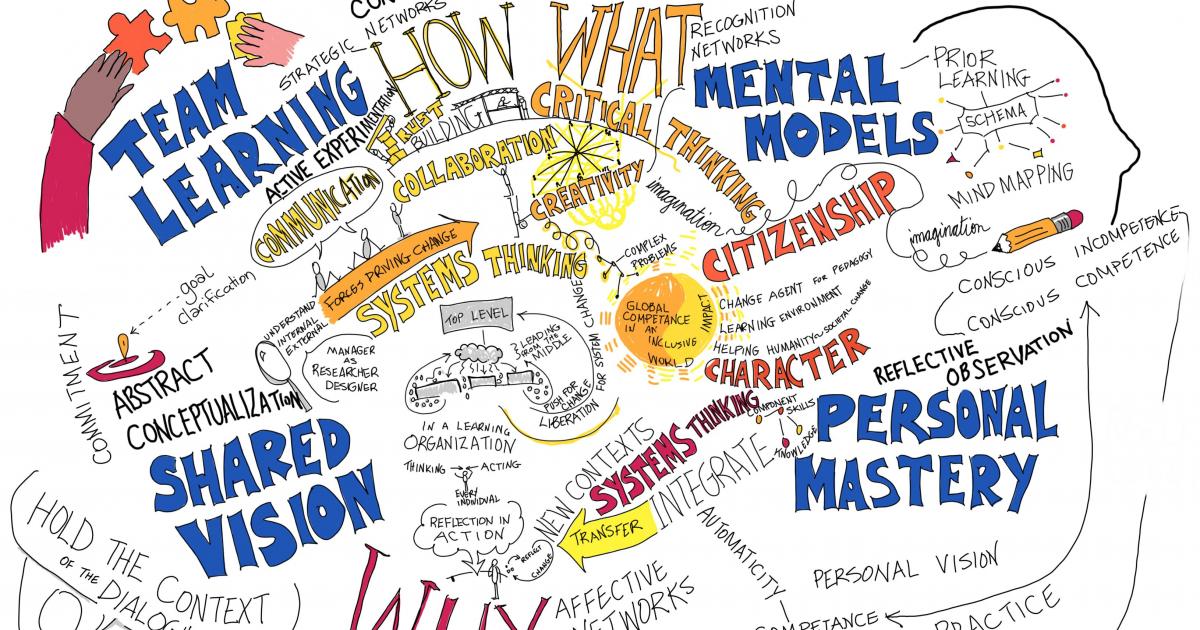
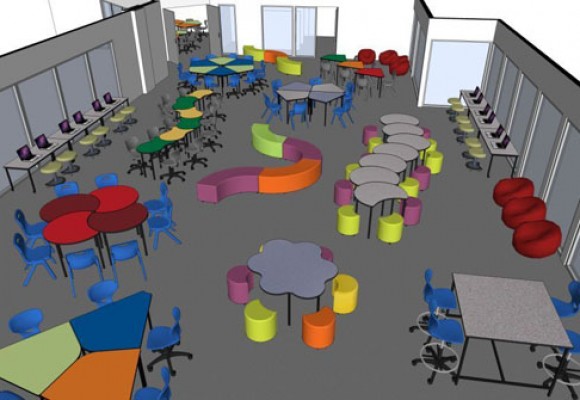
Please log in to post a comment.
0 Comments